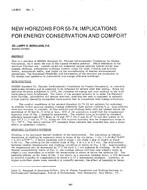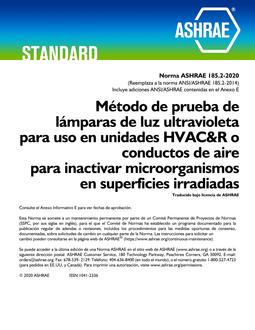Due to large cooling energy demands for buildings located in warm climates and in line with international principles of energy efficiency for non-residential building design, the implementation and optimization of a natural ventilation strategy can assist in minimizing cooling and fan energy annual consumption.The objective of this study is to demonstrate that significant savings in energy consumption can be achieved by further reducing the need for mechanical ventilation and relying on the usage of external windows and skylight openings to cool the building spaces by means of natural ventilation without compromising the occupants’ thermal comfort. The study focuses on the benefits of using the outdoor climate to condition non-residential buildings based on the building façade, structure and orientation as well as the existing occupancy, lighting and equipment load profiles within building spaces while taking several factors into consideration. The study focuses on two distinct scenarios for natural ventilation; it assesses the impact of single-sided ventilation (Scenario 1) and cross ventilation (Scenario 2) based on CIBSE design guide for “Natural Ventilation in Non-domestic Buildings”.
Citation: 2nd Intl Conf: Efficient Bldg Design
Product Details
- Published:
- 2016
- Number of Pages:
- 7
- Units of Measure:
- Dual
- File Size:
- 1 file , 860 KB
- Product Code(s):
- D-ICEB16-17


